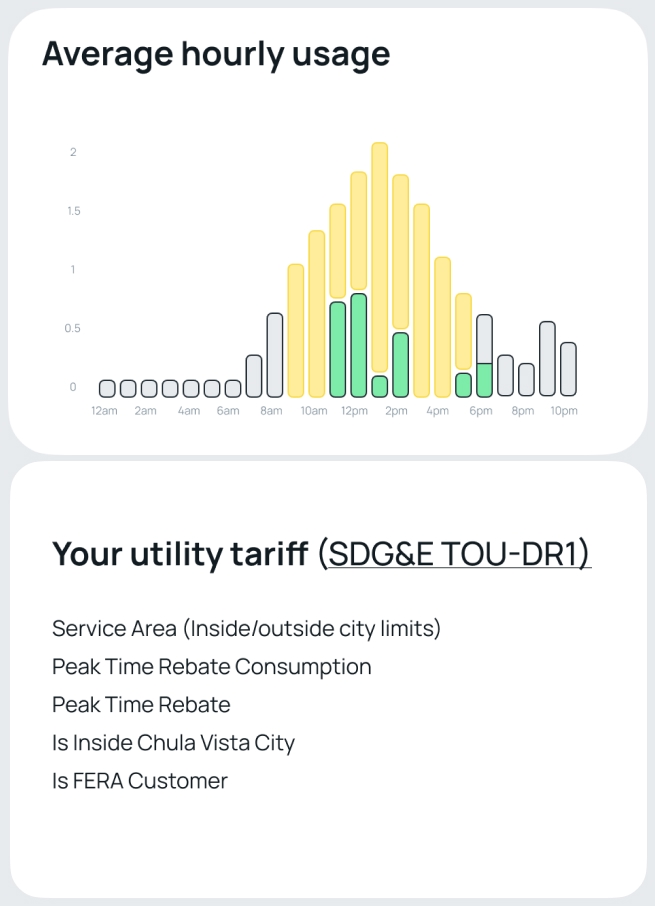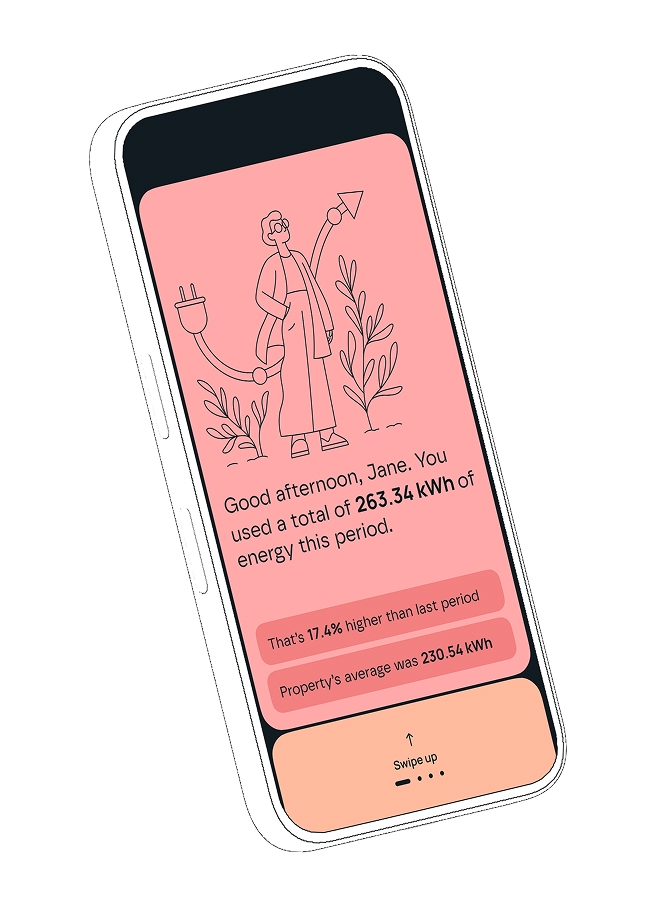How Electricity Works with Solar
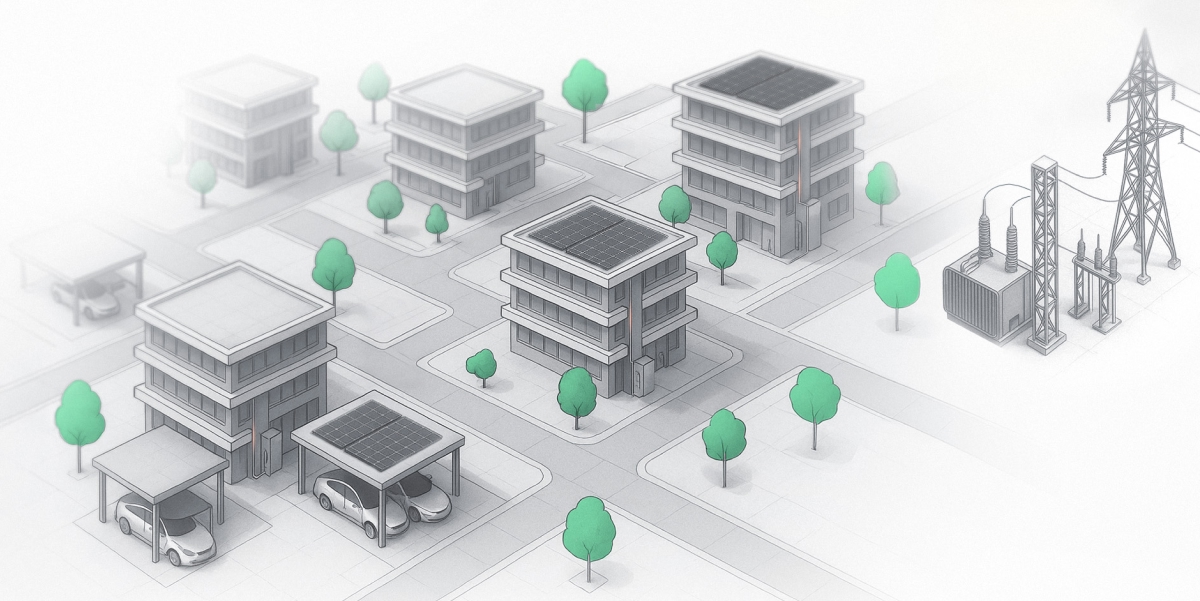
Electricity powers nearly every part of modern life — from charging your phone to keeping your home comfortable. But have you ever thought about how it gets to your home, or how solar energy fits into that process? Understanding how electricity works — and how solar strengthens the system — helps you make smarter, more sustainable choices.
How Electricity is Generated
Electricity begins at the source. Across the country, energy is produced through a mix of:
- Fossil Fuels like coal and natural gas
- Renewables such as solar, wind, and geothermal
- Hydropower from rivers and dams
- Nuclear energy from controlled reactions
Fossil fuels were once the go-to for cheap, fast energy, but as environmental costs rise and cleaner technologies improve, solar and other renewables have become the most cost-effective and sustainable options.
How Electricity Gets to Your Home
Once generated, electricity travels through an interconnected network known as the grid. It moves through several key components:
- Transmission Lines: Tall metal towers that carry high-voltage electricity over long distances
- Substations: Facilities that reduce voltage to safer levels for neighborhoods
- Distribution Lines: Lower-voltage wires (overhead or underground) that deliver electricity to homes and businesses
Think of the grid like a freeway. When too many people use it at once, traffic builds up. The same happens with electricity — the grid can get stressed during peak demand times.
How Solar Energy Works
That’s where solar comes in. Ivy’s community solar systems use photovoltaic (PV) panels that:
- Capture sunlight and create an electric charge
- Convert that charge from direct current (DC) to alternating current (AC) using inverters
- Send the AC electricity through your home’s electrical panel, just like grid power
- Store unused energy in batteries (if applicable) or send it back to the grid for solar credits
Ivy Energy Tip
Even if you don’t use all your solar energy in real time, your surplus energy still benefits you through solar credits that lower your bill.
How Solar and Grid Power Work Together
Ivy’s solar communities are grid-tied, which means:
- You use solar energy first whenever it's available
- You draw from the utility grid when solar production is low (cloudy days, nighttime)
This setup gives you the best of both worlds — clean energy during the day and reliable backup from the grid when needed.
Ivy Energy Tip
Shift energy use to daylight hours when solar is most available — like running the dishwasher or doing laundry in the morning or early afternoon — to maximize savings.
How Ivy Calculates Your Solar Costs
Ivy’s Virtual Grid™ software makes solar billing fair, transparent, and usage-based. Here's how it works:
- Ivy collects 15-minute interval data from your utility meter and the solar production meter
- We determine how much energy you used from solar, from the grid, and what portion was offset by solar credits
- Your costs are calculated based on your utility’s rate plan — so you always see what you would have paid without solar
- Ivy allocates the total solar value across all units and applies your fair share as passthrough savings
- You receive a monthly solar energy statement showing your usage, solar performance, and savings
You’ll never pay more with Ivy than you would have through the utility alone — and you get the added benefit of clean, local energy!
Conclusion
Electricity follows a complex path — from generation, through the grid, to your home. Solar makes that path smarter by producing clean power closer to where it’s used, reducing grid strain, lowering emissions, and creating energy savings for your community.
Submit
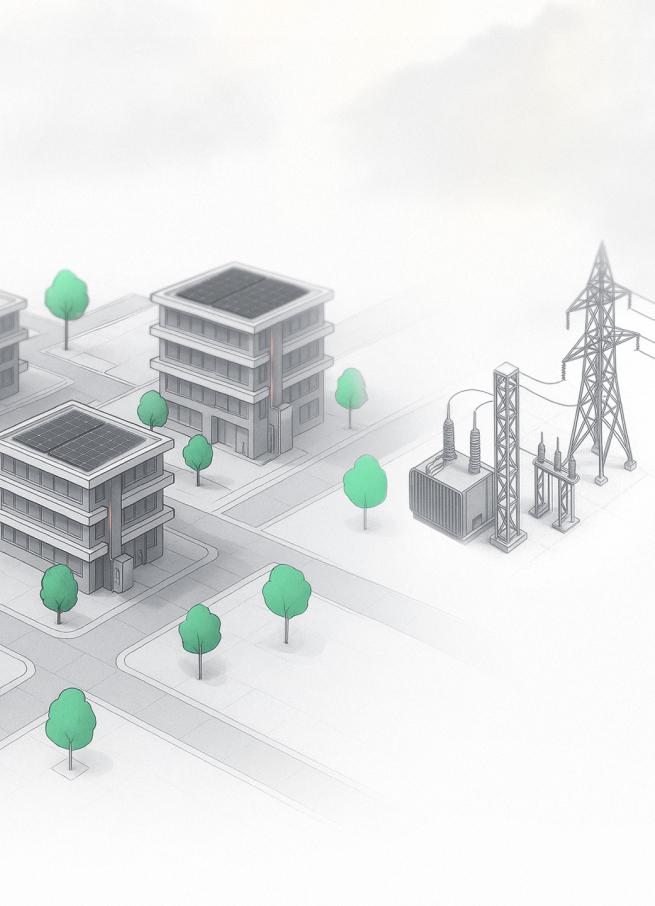

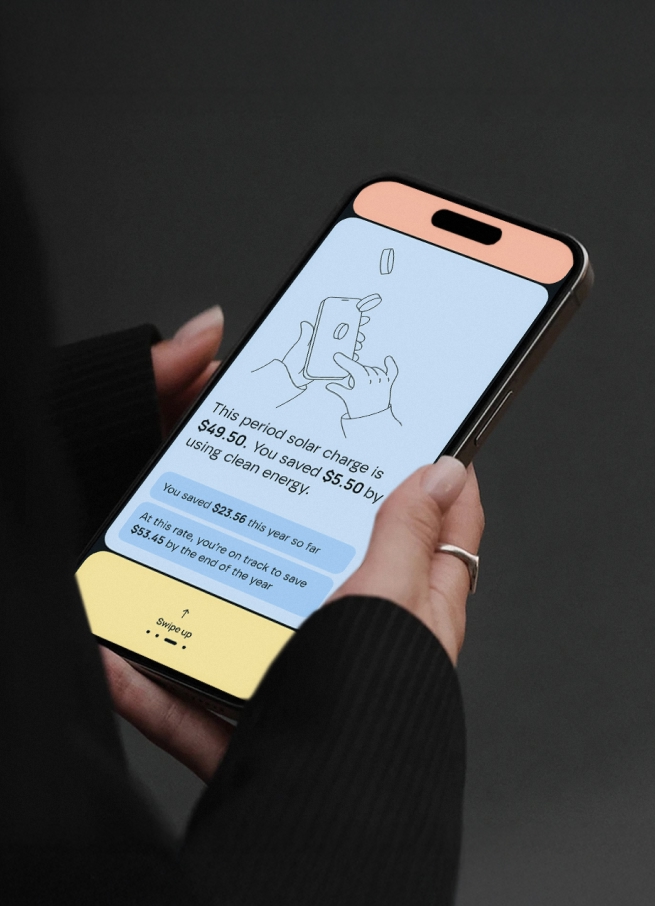
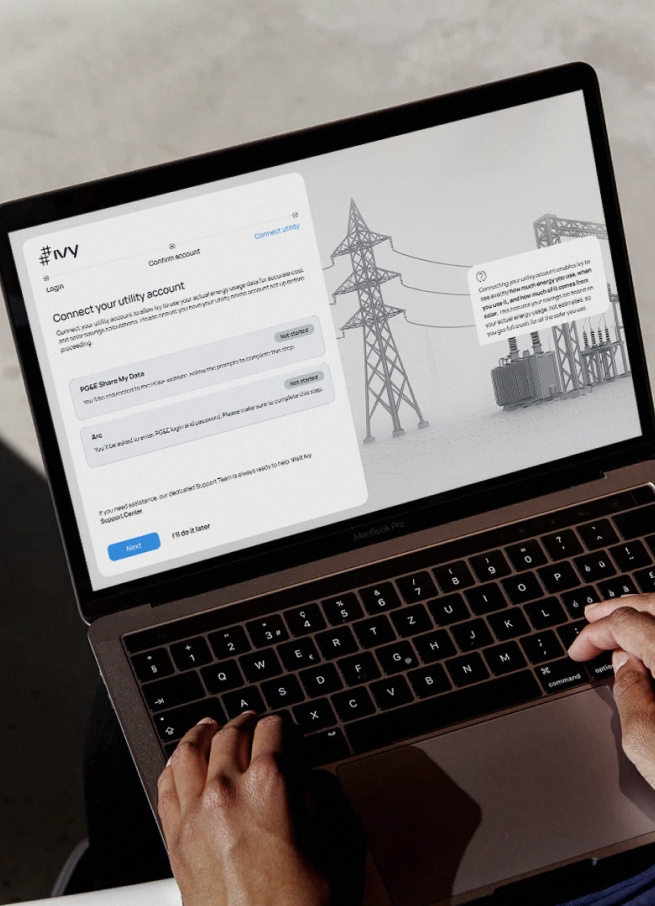



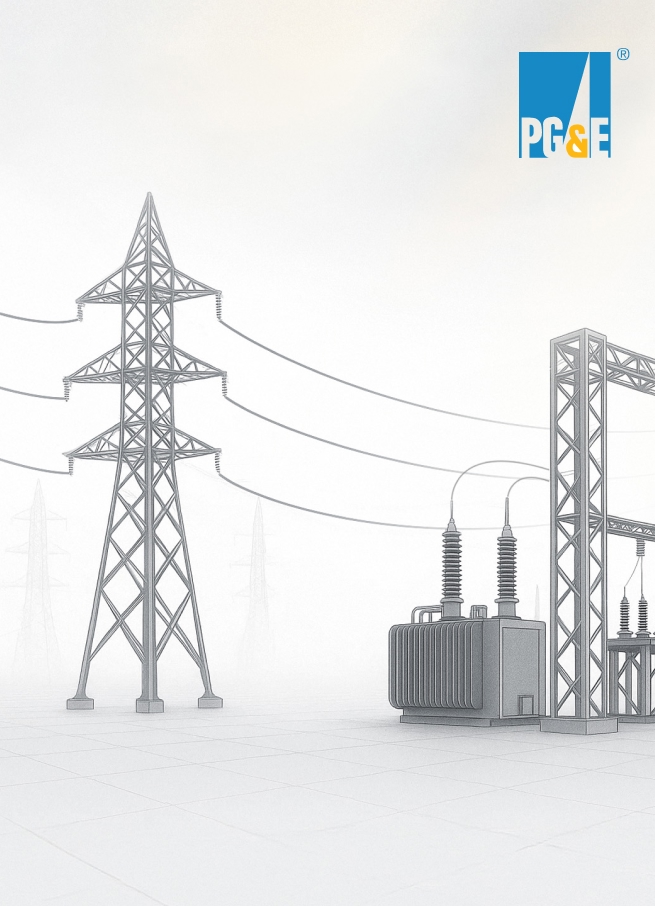
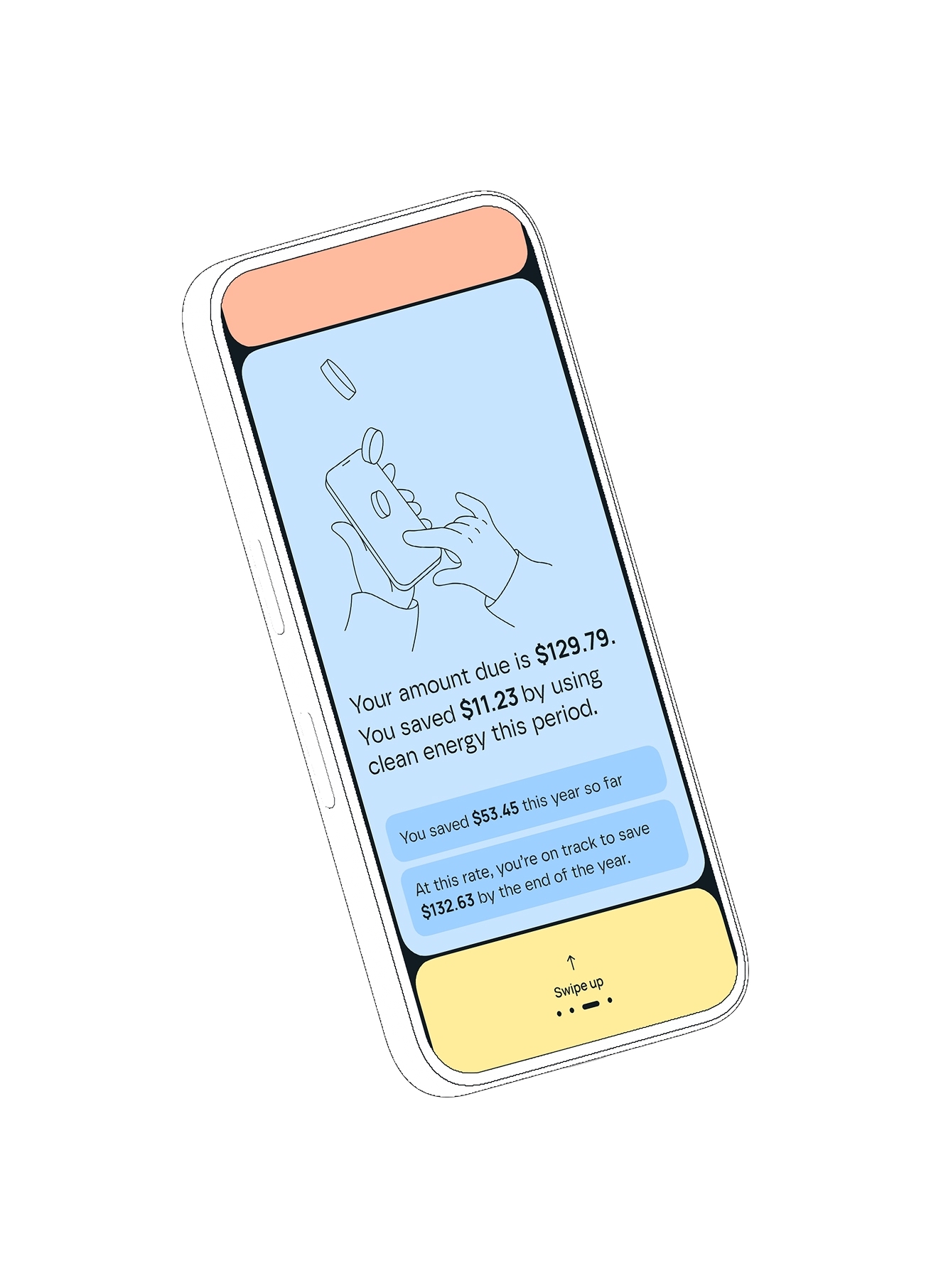
.jpg)
